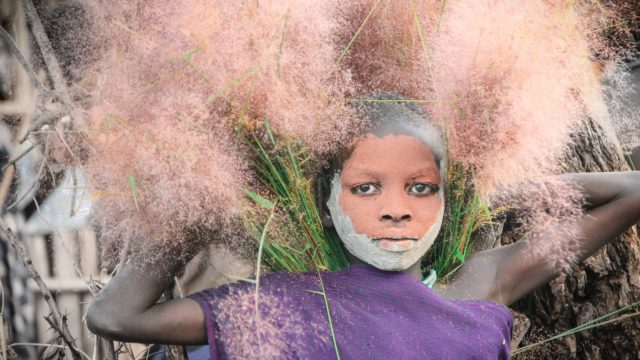
Omo River Valley
Ethiopia has been on my mind as a travel destination since visiting Papua New Guinea last year in 2017. Here I met many photographers who had had amazing portraiture experiences with the Mursi Tribe and others in remote regions of the Omo River Valley. I decided then that I needed to go and experience this place and it’s people first hand. I was fortunate that my friend, Trevor Cole, who I met on this journey was planning his first guided trip to the region the following year and last minute, I decided to join him!
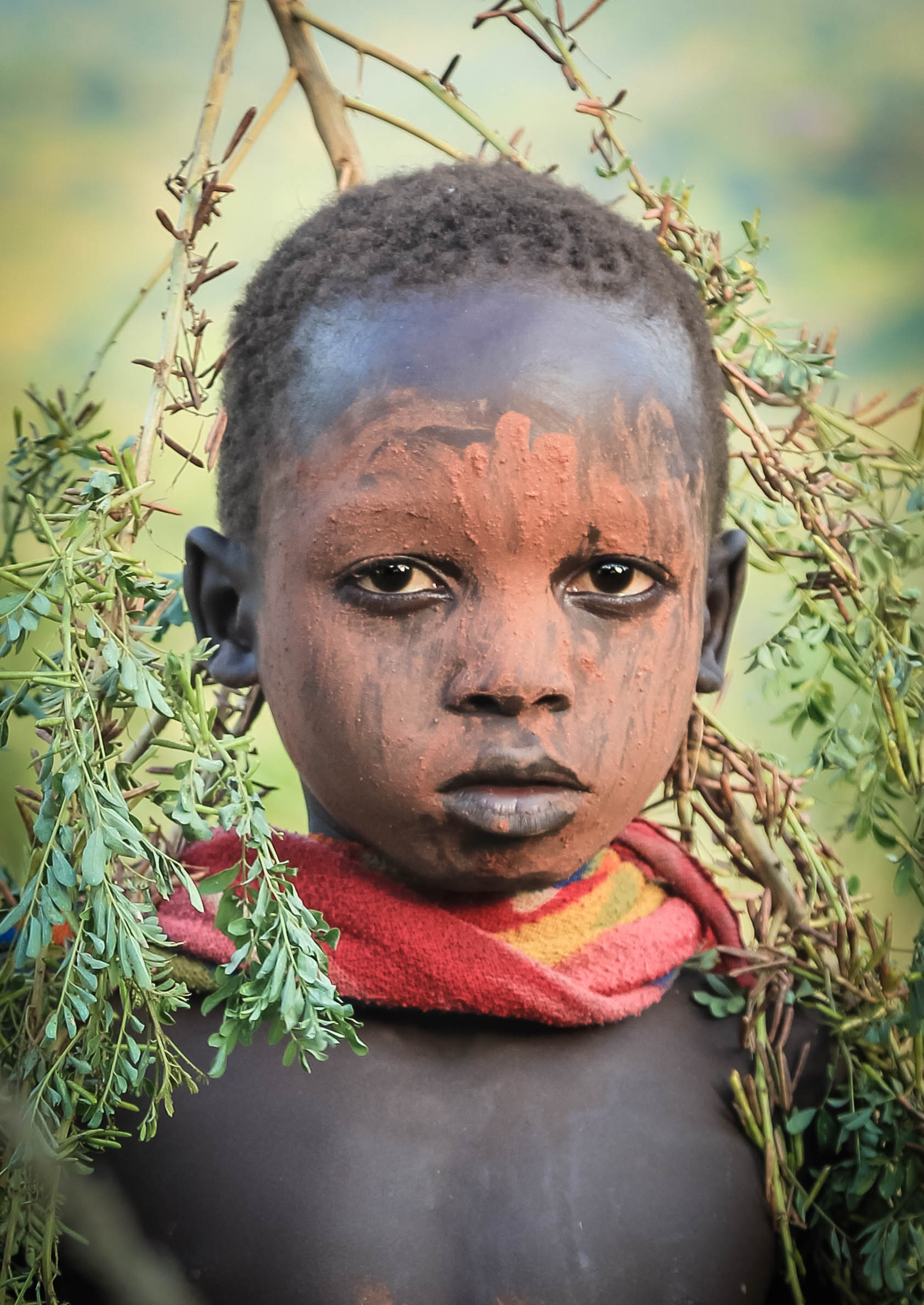
Our trip began in Addis Ababa, the capital of the country, where I rendezvoused with photographer friends old and new. After one night in the city, which seemed so simple upon arrival, we grabbed an internal flight and set out on our real journey.
Tribal life here is traditional: “The men count their wealth in cattle, their wives in goats, and their status by the number of enemies they have murdered. They paint their bodies for war and celebration, and drink cow’s blood to revive their spirits. The women, among the most beautiful in Africa, scar their torsos in elaborate patterns for erotic effect, and in preparation for marriage, insert plates the size of frisbees into their lower lips.”-Anonymous
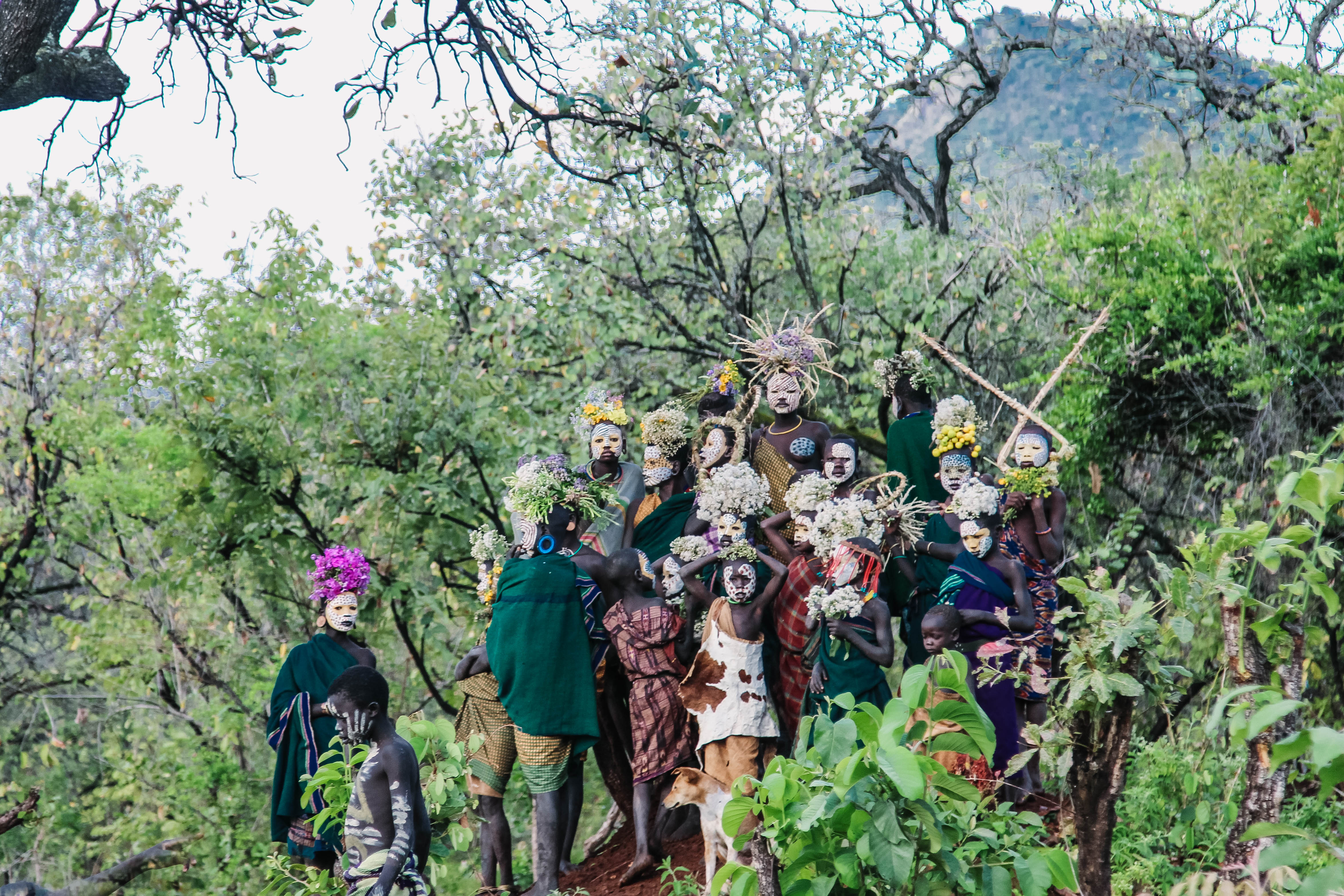
EXPERIENCE
I was so excited to reach this remote region of Africa after months of imaging what it might really be like. We landed in the small town of Jimma and boarded our three Land Rovers for Mizan Teferi. We drive through Bebeka, the largest coffee- plantation in Ethiopia viewing the small highland towns and tea fields along the way. We spent a night in Mizan Teferi.
From here we embarked into the more remore regions of the country en route towards the South Sudanese boarder. This started the six day and five nights of bush camping (with food poisoning…) in this truly a special place. Until recent years, the tribes of the Omo River Valley (remote southwest Ethiopia) lived unaware of the world outside tribal life, of Addis Ababa or the country that they’re a part of. Here are some details on the tribes we visited while in this portion of the country in and around Omo Valley National Park.
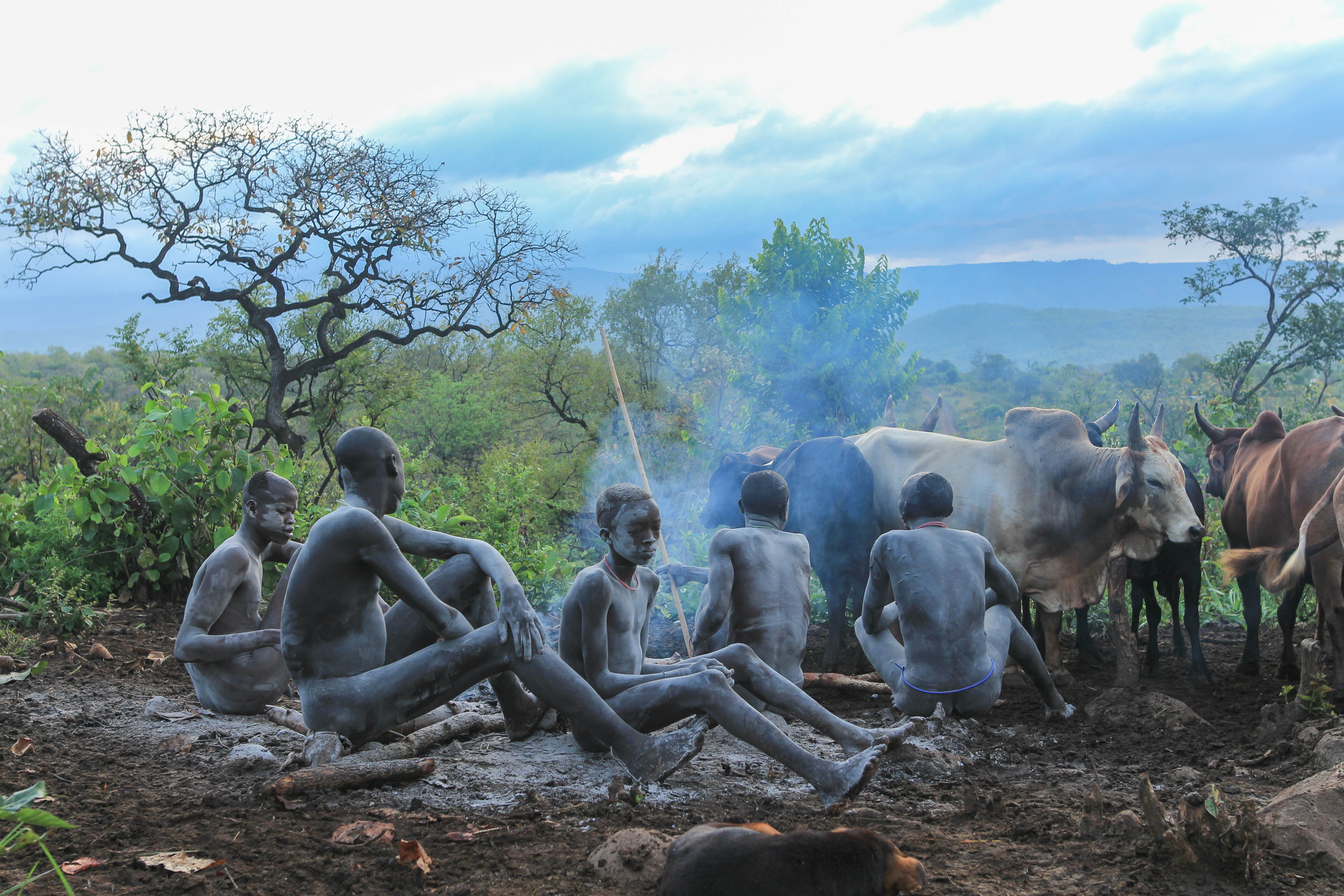
#1: SURI TRIBE
The first tribe we spent time with, for three nights was the Suri. We entered Omo Valley National Park and immediately picked up a tribal guide and several armed guards since all the men of the tribe carry AK47’s or Kalashnikovs. This is an aggressive group known for their Donga custom of stick fighting (sometimes to the death) to prove alpha male status. The women here don lip plates and the children eagerly cover themselves in clay and flowers to pose for photographs for money. This tribe lives in Omo National Park. The lip plates of the women here differ in shape from the Mursi tribe (who are related to the Suri) in the Lower Omo Valley.
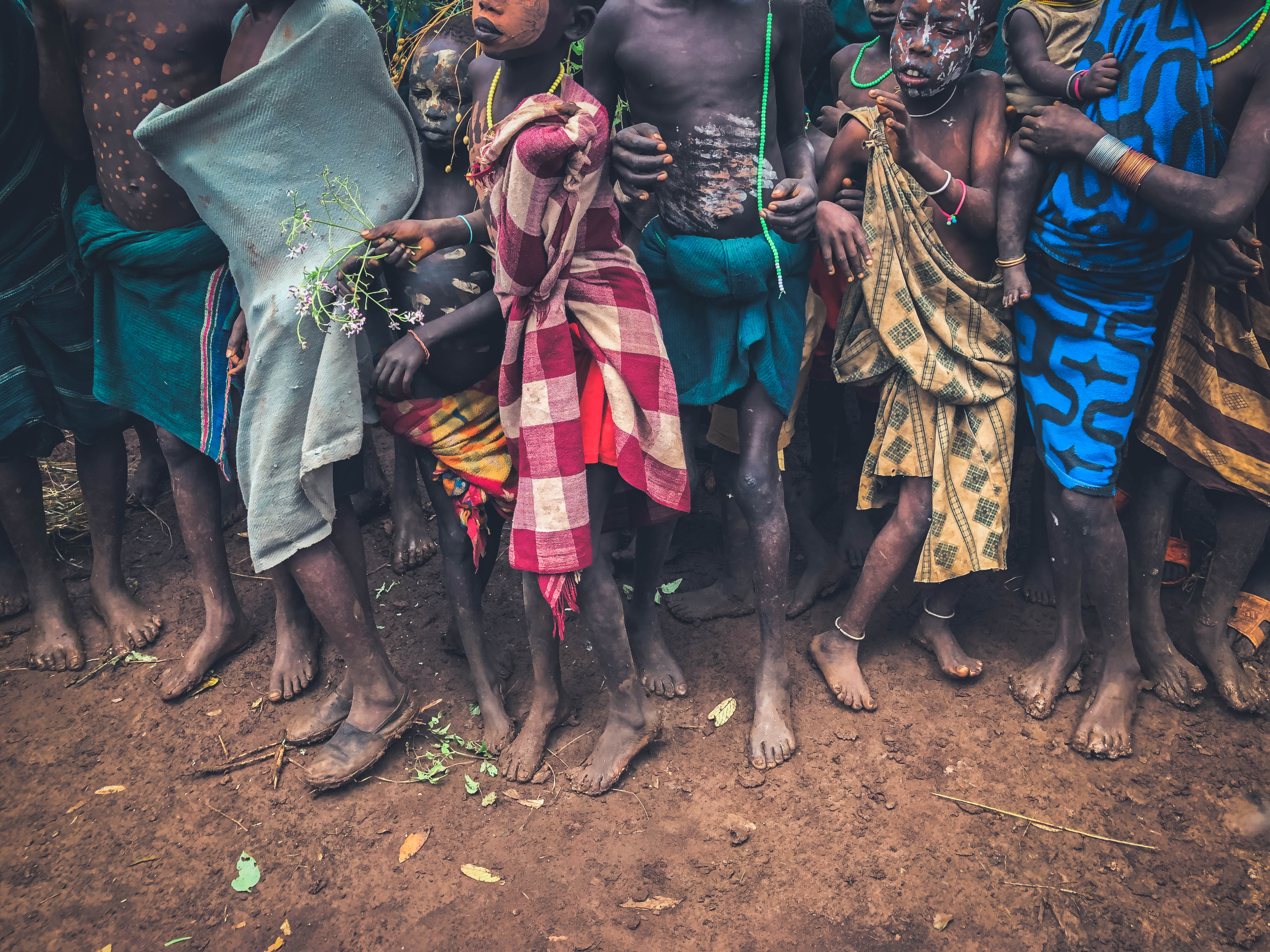
The Suri tribe are divided into three clans – Zilmamo clan settled around Tulgit, Chai clan around Kibish and Tirma clan around Jeba. The Tirma are more urbanized and have lost some of their traditions so we stay in Kibish, which is more convenient and has great access to the surrounding villages. The Suri are renowned for their facial and body painting and their way of utilizing natural clays and plants to adorn their faces and bodies. Near Kibish, we visit with the Chai clan among whom body scarification is common. From Tulgit, we proceed to Koka, where there are a couple of cattle camps of the Chai clan.
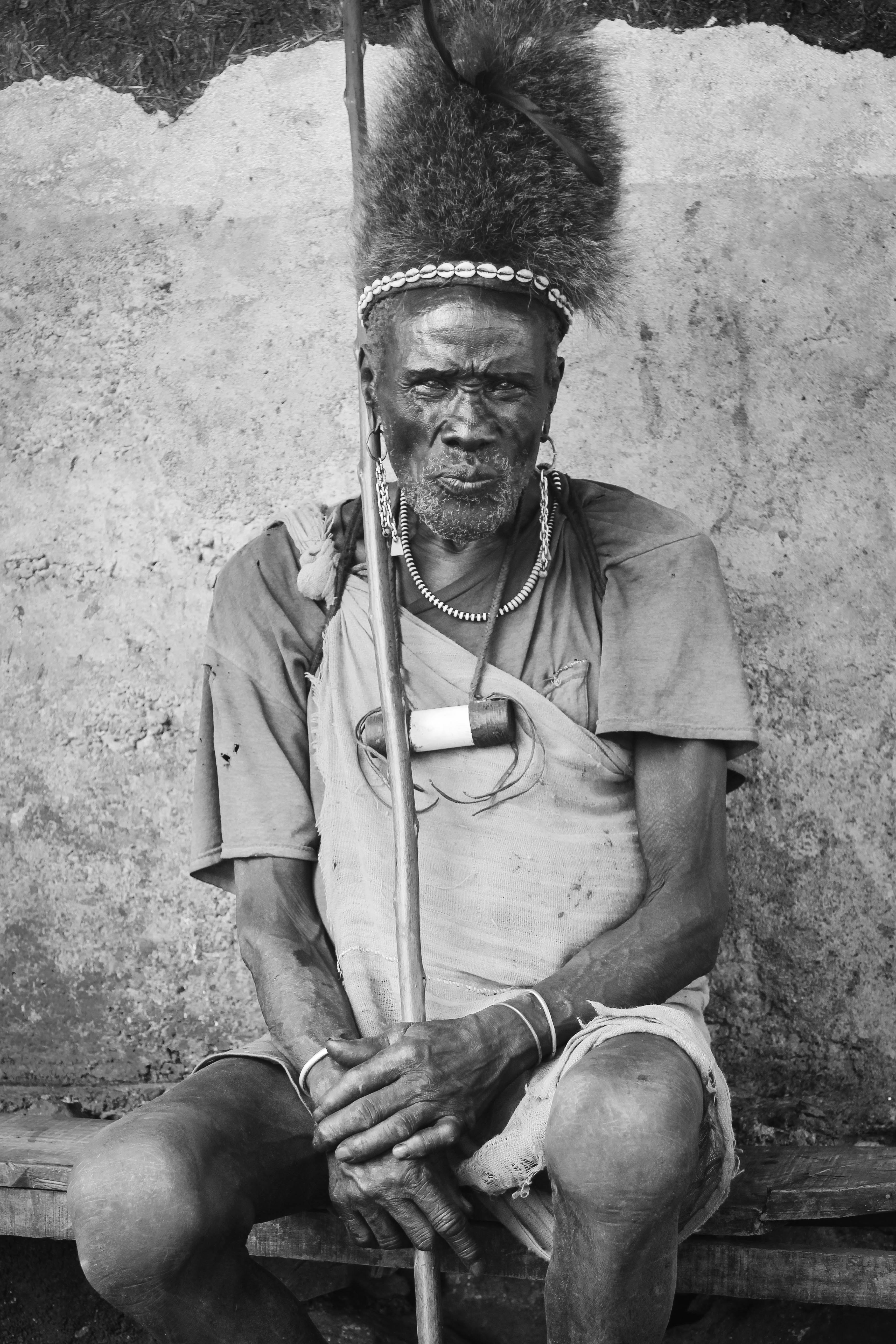
We start early to take advantage of the best light. We visit a nearby Suri village of the Zilmamo clan. They are pastoralists so daily chores include herding and milking. Here you will see photos of a young Suri boy sipping the freshly let blood of a cow for nourishment. (I will say their method of using a tourniquet and making a small puncture in the animal with an arrow is quite humane and much like giving blood). This tribe is also pastoral and the men heard cows in the hills around the Omo Valley National Park as their role within the tribe. These men cover their bodies in ash to keep flies away and sip a mixture of blood and milk while away from the village. We visited one of their remote cattle camps after tent sleeping nearby and were able to witness this traditional custom at sunrise.
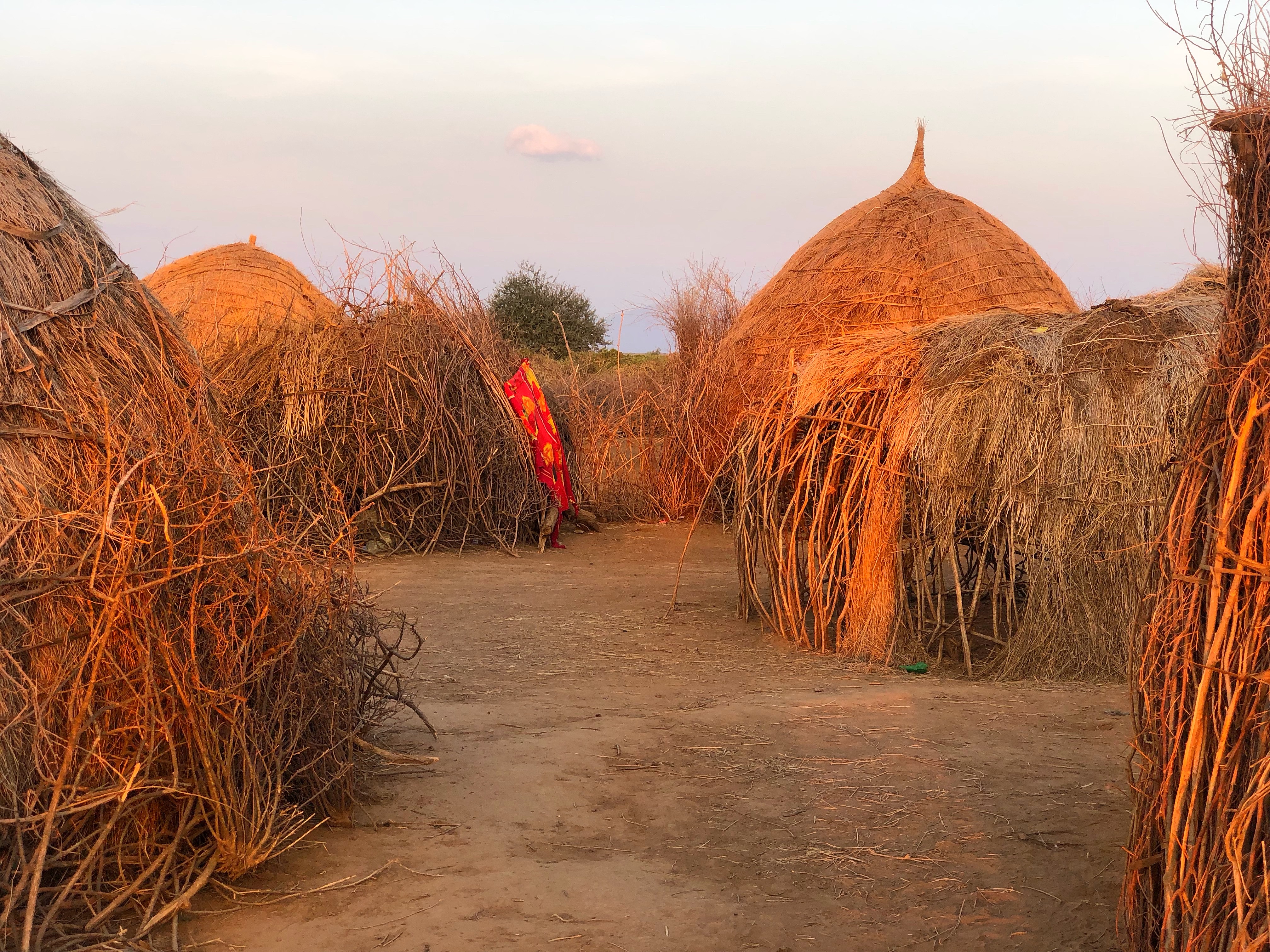
#2 NYANGATOM TRIBE
The second tribe we camped with is semi nomadic and lives in a much more arid climate. This group is known for their violence and deadly warring since they are situated amongst many other groups. The men here count their kills with horseshoe shaped keloid scars on their arms. The group raises goats and the children attend to them. Here the women also remove their lower teeth and piece their lower lip with a nail rather than wear the lip plate. They also wear many, many beaded necklaces acquired thanks to their access to the Sudanese boarder. Thanks to the proximity they are also the arms dealers of the Omo and all carry AK47s. The men are strong, all the people are aggressive and violence and physical hitting is also a way of life. One of my favorite things about this tribe were their unique bulbous structures.
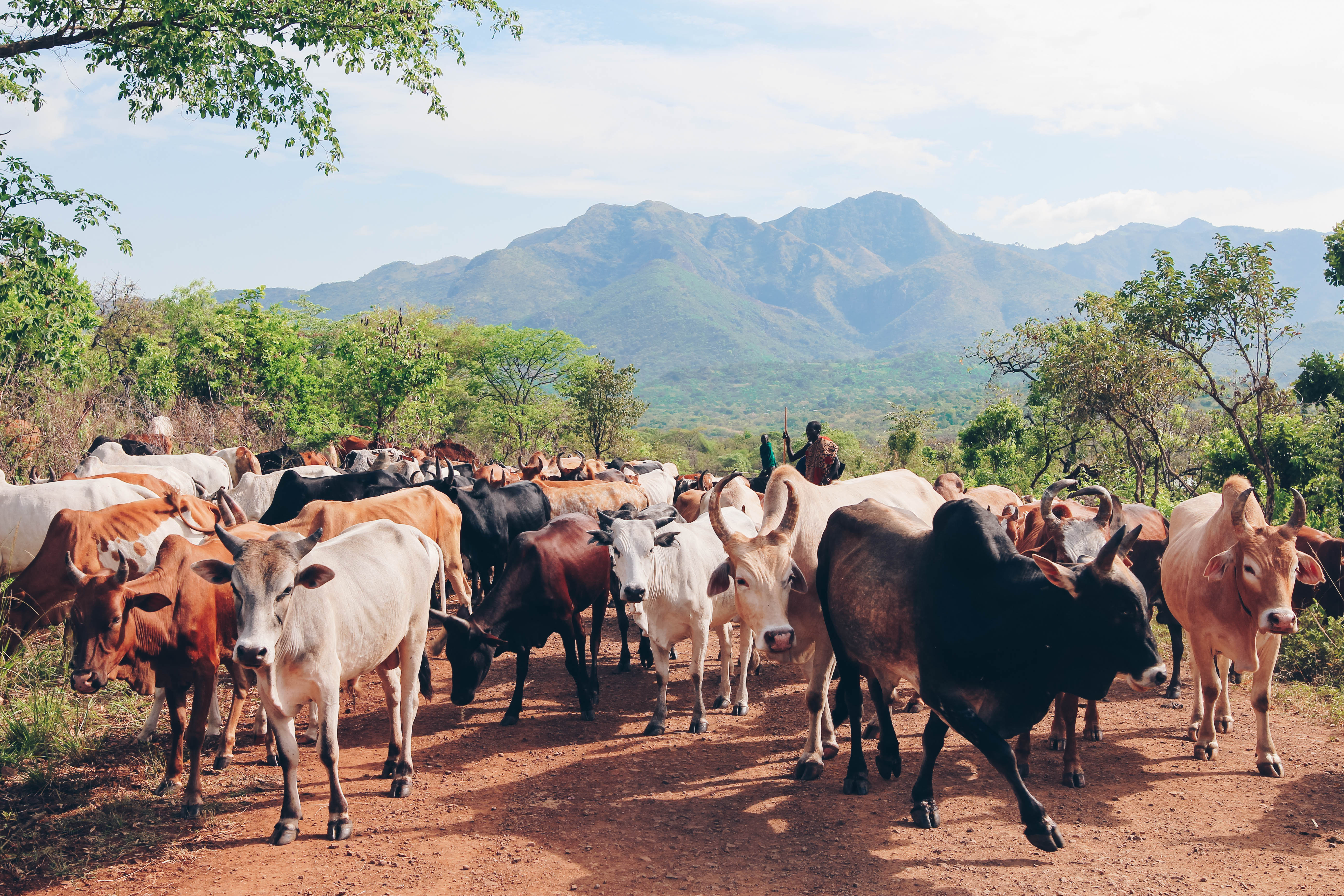
An early morning village visit while the team breaks camp. At 8:30 AM we drive to Kakuta, a remote and rarely visited tribal area which is home to the Nyangatom, who are said to be descendants of the Toposa tribe in South Sudan. Midday, we arrive at Kakuta and in the afternoon we visit a village of the Nyangatom tribe. Will have opportunities to photo the tribe, who live in a climatically challenging area of the Omo (very arid). The women wear numerous strands of beads, which they build upon during life. Tribal adornment is an integral part of their culture. The area is semi-arid and water has to be collected from rivers each day. 3 hours driving. Lunch boxes are provided to create time to photograph in the villages.
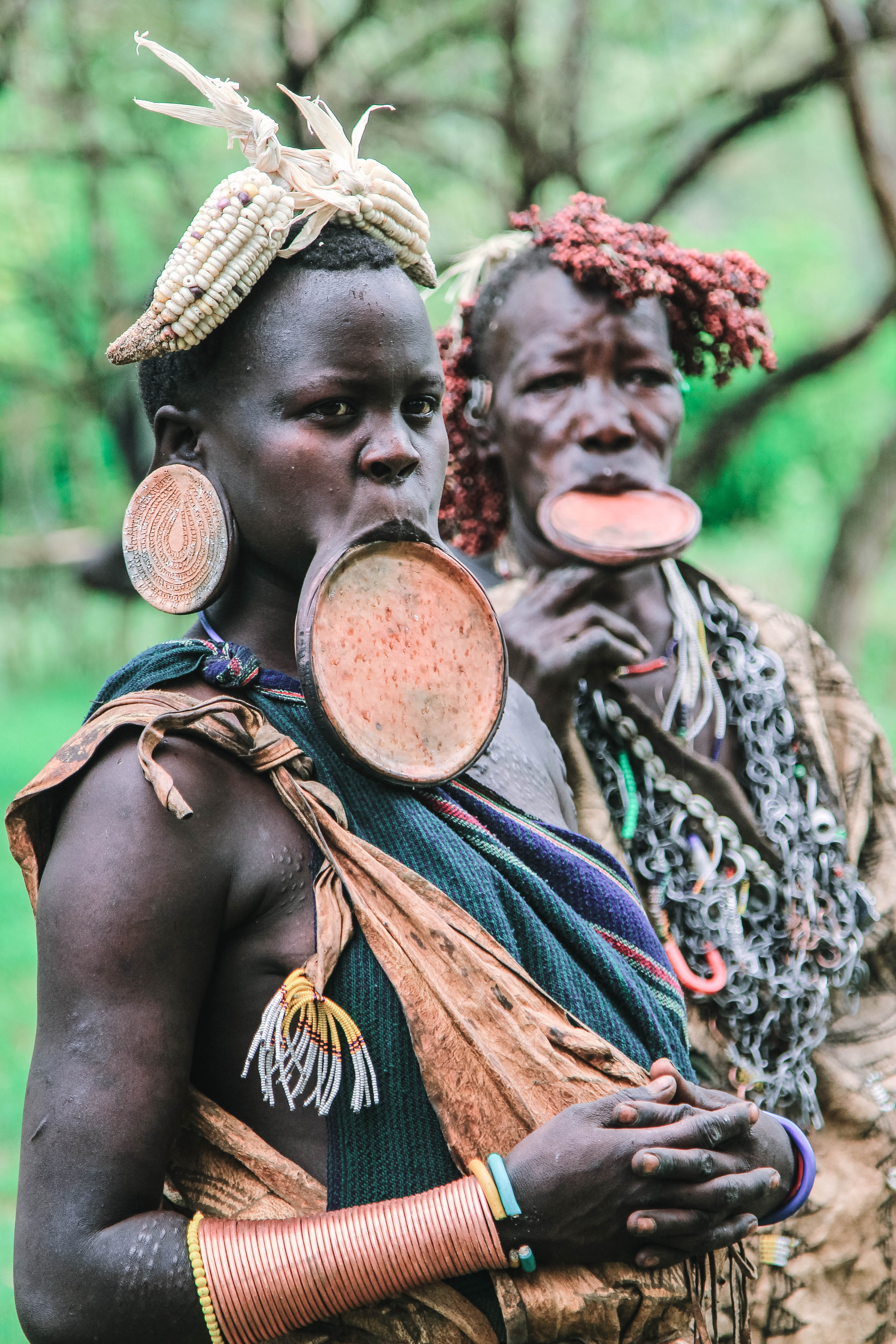
#3 KARA TRIBE
The Kara are one of the more frequently visited of the tribes we’ve encountered due to their proximity to urban areas. This tribe wears many beads and have a unique way of styling the females hair with cow butter and red ochre clay so that it looks like small pebbles. This tribe lives in a fertile area right on the Omo River and primarily herd goats which we were able to witness at sunrise. this tribe fancies themselves the best dancers of the Omo. Unfortunately we were not able to catch one of these ceremonies on the night we stayed.
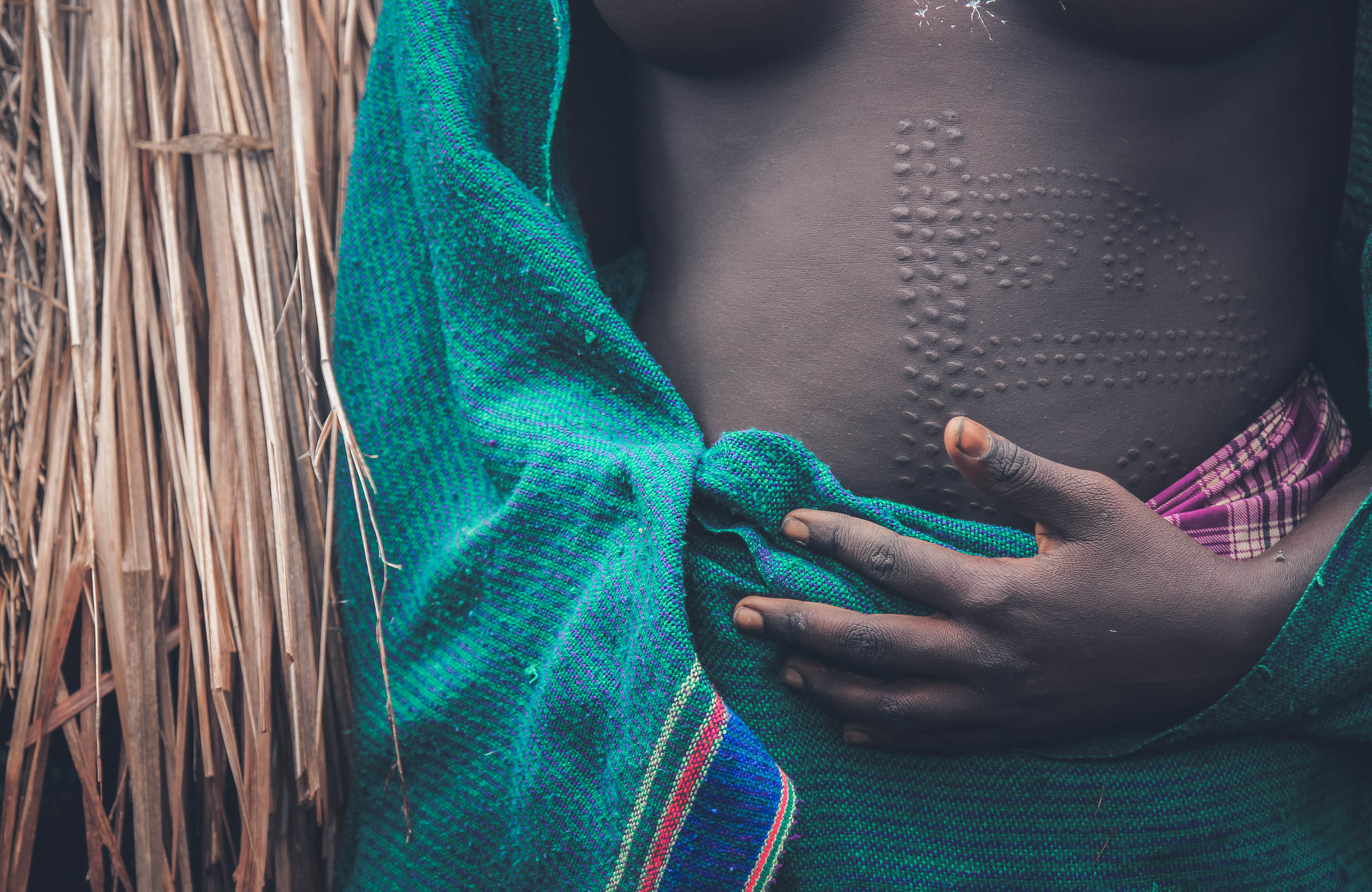
We left Kakuta early to drive to Dus, the second of three village settlements of the Kara tribe. Sited on the banks of the Omo River, the Kara known for their creative and decorative body chalk painting. Many of the Kara women have pierced lips and insert nails, flowers and pins. The location here is dusty and very atmospheric. Witnessing a goat run at sunrise was the highlight of our time with this group.

STAY
For our first night in in Addis Ababa, we stayed at the Monarch International Hotel. This hotel is okay, and was actually much nicer on our way out when I was given one of the renovated rooms. The pool is filthy but the bar area around it seems lively and the WIFI was the most reliable I encountered on the trip. While not much can be said about this hotel, after two weeks of camping and staying in some of the lowest functioning hotels on the planet, I’d say this place is a safe bet by Ethiopian standards.
Our next hotel did not work out as planned en route to the Omo since they had lost our reservation. We found another somewhat suitable option near Mizan Teferi called the Kashinin Hotel. This hotel had horrible food and service but somewhat decent rooms and some gardens out back. The windows here were all shattered and there was no hot water to be had, but we were just lucky to have found beds without bugs to sleep in by the time we got to this area.
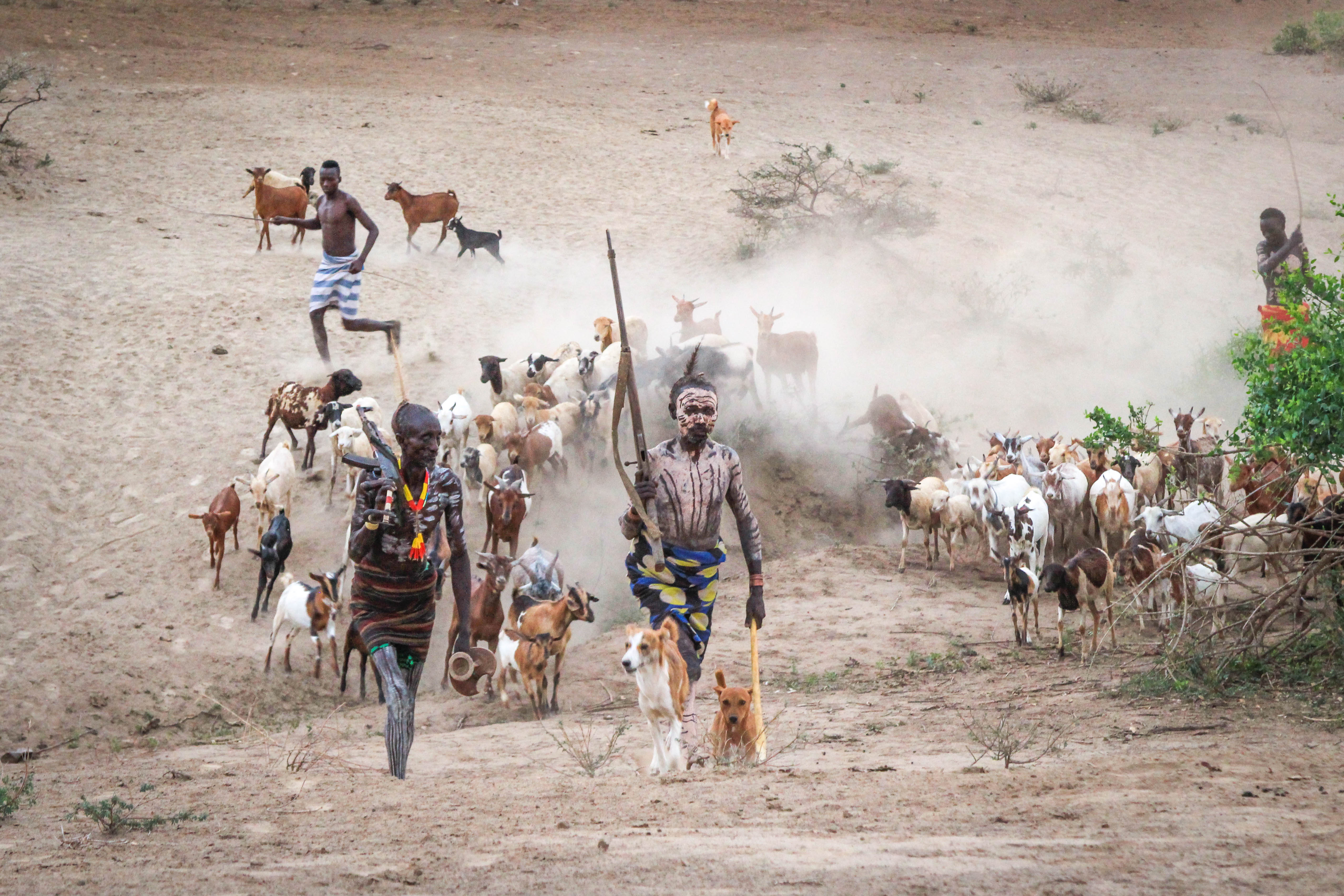
From that point forward, this portion of the trip was camping. We camped in the most primitive way imaginable in basic tents with no toilets or showers. This is surprisingly the best way to visit this part of Ethiopia, especially if you hope to avoid the heat od mid day and catch the light of sunrise and sundown each day. I very much enjoyed the stars at night and the sounds of animals (minus the hyenas at night). We had a few snafus including a honey spill which caused a bee attack. We had a snake in the camp. We survived a massive rainstorm on the first night which leaked water into all of the tents. Oh, and we all took turns at being quite ill while out in the bush.
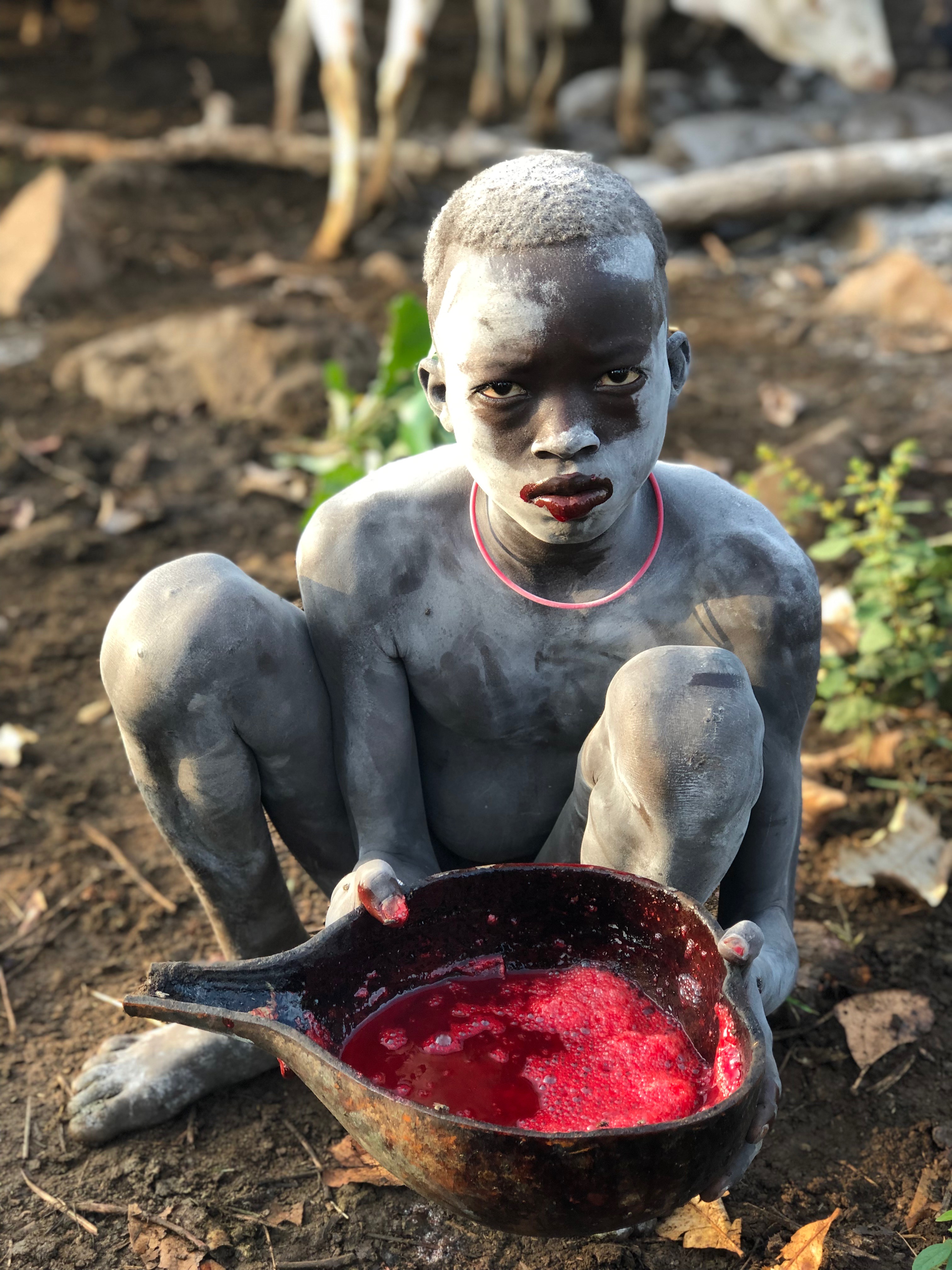
EAT
One of the best meals of the trip was Aladdin Restaurant in Addis Ababa. This was the only time we visited a restaurant that broke suit of the “Western Menu” that was exactly the same and served at every hotel. The local food was prepared in such dirty conditions and with local water, so beyond coffee and some injera, we were often cautious about stopping at street food stalls.
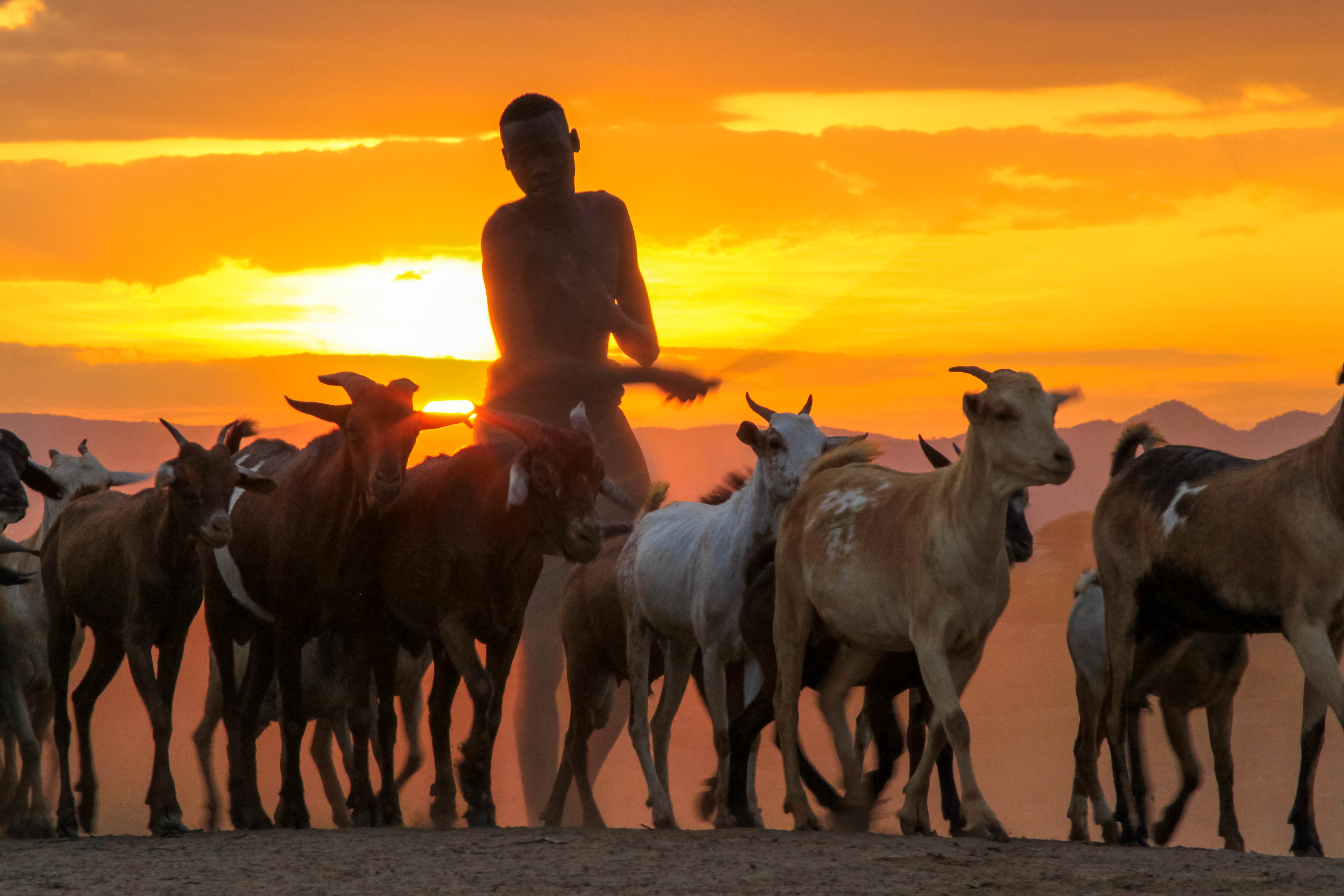
In the highlands and near the city, one of the best culinary surprises of Ethiopia were the fresh juices! Mango, avocado, papaya and banana were essential treats as we moved deeper into the country.
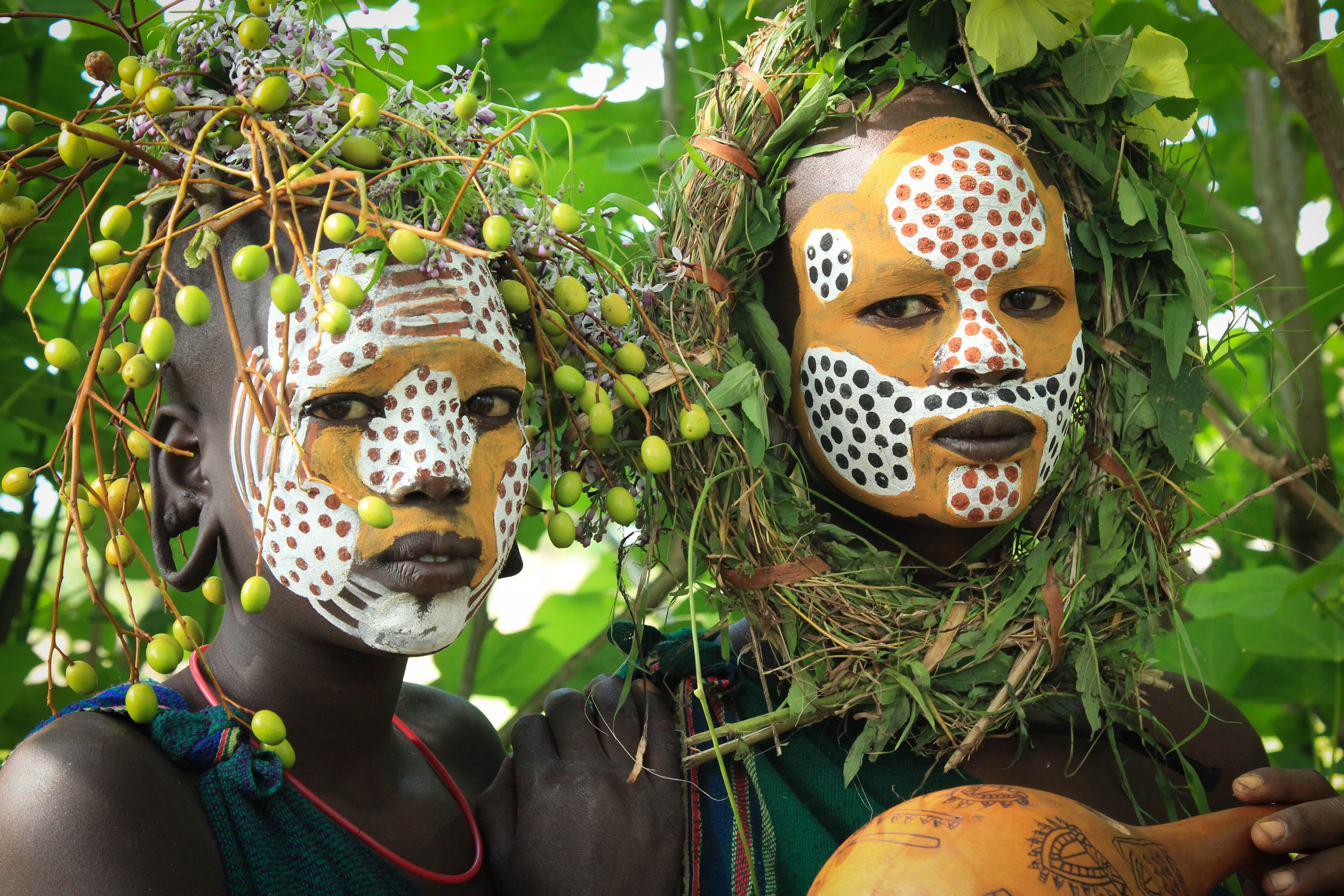
While camping for six days, we were incredibly lucky to have Desta, our Private Chef while in the bush. This woman was incredible talented at open fire cooking and making feasts from virtually no kitchen resources. She prepared lovely vegetarian soups nightly and butchered goats and chickens on site to keep meat fresh without access to refrigeration.


 RSS
RSS